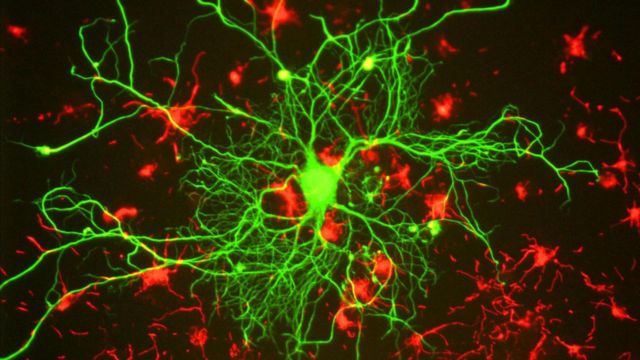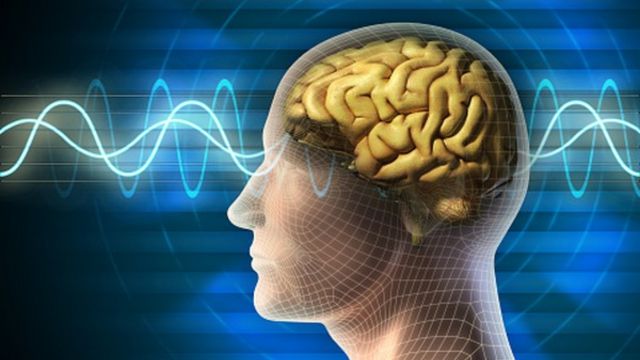Retinal cell injury influences which brain circuits are essential for visual acuity, according to National Institutes of Health (NIH) researchers. Although stem-cell and gene therapies as well as vision restoration treatments seek to replace or repair damaged cells in the eye, it is important to know how retinal cell loss affects brain circuits engaged in vision. Targeting these circuits may be required to attain optimal recovery of visual function, according to study findings, and have major consequences for the development of future vision restoration treatments addressing visual paths outside the retina. The work released today in The Journal of Neuroscience.
“A huge amount of progress has been made in repairing the eye, however little attention has been paid to the functional consequences beyond the eye,” said the study’s lead investigator, Farran Briggs, Ph.D., senior investigator at NIH’s National Eye Institute (NEI). “Brain circuits downstream of damaged or dying retinal cells in the eye may also undergo some loss of function following changes to their retinal inputs.”
Visual processing is the interplay among neurons in the eye and brain that enables our view of the surroundings. These pathways start in photoreceptor cells in the retina that translate light energy into electrical signals, which are then sent to the visual processing areas of the brain. Vision is frequently compromised when retinal cells are destroyed by disease or injury. Under a process sometimes referred to as neuroplasticity, the brain adjusts functionally to accommodate a retinal damage or disease/degeneration. For someone who suffers with visual loss, for instance, their field of view may show a “blind spot.”

Although retinal cells are the target of current treatments, they only mark the first step in a multi-stage process that turns light into the complex images we view.
Researchers sought to find out how damage to retinal ganglion cells (RGCs), which receive signals from other retinal cells and forward to the brain, affected neurons downstream of the retina. RGCs link to neurons in a lateral geniculate nucleus (LGN), a relay region in the brain, which sends messages to the visual cortex where those impulses are transformed into images. Two types of LGN cells—X-LGN neurons, which contribute to visual acuity, and Y-LGN neurons, which contribute to motion perception—were investigated in response to varying forms of visual information and form parallel processing paths.
Using an animal model in ferrets, investigators investigated how retinal cell loss affected the X and Y visual processing paths. Recording LGN neuronal responses after damage to the RGCs in the retina allowed one to assess the effects on X and Y paths. X-LGN neurons responded poorly to visual inputs, but Y-LGN neurons responded essentially unaltered. These results imply enhanced susceptibility of visual acuity paths to degeneration of the retina since retinal cell loss influences downstream visual pathways differently and the X route is especially damaged while the Y pathway remains rather unscathed.
In addition to the retina, vision restoration treatments could have to target circuits in charge of visual acuity. Such treatments could incorporate interactive feedback or other vision behavioral therapies as well as training programs including video games, Briggs added.
The model of RGC loss could be used in future research to look at retinal degeneration and visual abnormalities in neuropsychiatric diseases including schizophrenia. The study team wants to grasp the notable modifications in visual perception brought about by this illness.
The internal NIH/NEI research program helped to fund this effort.
Relcerning the National Institutes of Health (NIH): Comprising 27 Institutes and Centers, NIH, the national medical research agency, is part of the U.S. Department of Health and Human Services. Investigating the causes, treatments, and cures for common and unusual diseases, NIH is the main federal agency performing and funding fundamental, clinical, and translational medical research. Visit www.nih.gov for additional NIH and program related information.
Stay informed and ahead with the latest insights on medical supplies, clinical engineering, and healthcare advancements. Visit JandJSupplies for expert updates, essential resources, and industry news. Explore now and enhance your knowledge with our reliable, up-to-date information!








